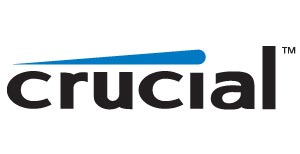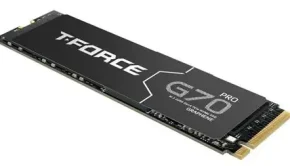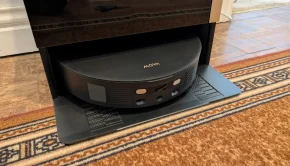Crucial reveals how to save money by reducing software licence costs
Use fewer licences by fueling processor cores with DRAM and SSDs
SYDNEY, 29 June 2017 – Every year, server software licence costs consume more and more of your IT budget, which is increasingly stretched thin. In the era of software-defined everything, licensing costs are often thought of as fixed costs – but they don’t have to be. Crucial has revealed how you can save tens of thousands of dollars by fully utilising your CPU cores and using fewer licences across your deployment.
Cutting licences: A proven way to maximise your IT budget
According to Gartner’s 2018 worldwide IT spend forecast, enterprise software spend is projected to grow 7% versus an overall IT growth rate of just 2.6%.1 For many IT departments, enterprise software spending is the fastest-growing line item in the budget, which makes containing licence costs more important than ever. Fortunately, this is easy to do because software licences are attached to CPU cores, which are fed by memory and storage. The more performance you get out of each processing core, the fewer licences you need, the lower your costs will be, and the more performance you’ll get out of the apps you’re licensing.
How to virtualise enterprise applications and beat the core cost game
Microsoft, Oracle, and others use a core-based licensing model, which enables you to create an unlimited number of virtual machines (VMs) on each CPU you’re licensing. It’s great, but you have to take advantage of it – if you don’t create as many VMs as possible, your money isn’t going as far.
How memory fuels VMs
In order to create more VMs, you need more memory because each VM draws upon the same pool of available memory and the virtualisation software itself needs RAM to run. On top of that, the apps you’re likely virtualising are memory-dependent, meaning they’re reliant on active data that lives in memory.
How enterprise SSDs turbocharge VM performance
Effective virtualisation also requires fast storage because virtualised apps often run out of memory, which triggers the naturally slower performance of storage. The usual drop off doesn’t have to hurt though if you use enterprise SSDs, which allow you to access, load, and save data almost instantly – even when you run out of memory. By accelerating expensive virtualised applications, enterprise SSDs help get the most out of your software investment.
Compare costs: software licences vs. the hardware that powers them
Since all cores running an app must be licenced, the best way to save money is to fully utilise each and every CPU core. If you only use your licenced CPU cores 50% of the time, you’re significantly overpaying for your software (unless low CPU utilisation is driven by your workload). Since hardware is the bottleneck for most IT departments, there’s an easy way to save: Fully utilise your cores because they’re what you’re paying for. This is one of the hidden keys to modernising your data centre and cutting costs while also increasing efficiency.
Ensure your CPUs run 24/7 by fueling them with more RAM and fast I/O by swapping out existing hard drives for enterprise SAS SSDs and/or filling PCIe slots with NVMe™ drives.
When you look at hardware versus software costs, it’s important to remember that licences hit your budget every year as an operating expense, whereas a hardware upgrade is a one-time, multi-year investment that benefits you for the life of the drive or module.
The bottom line: a hardware upgrade pays for itself
Software licences aren’t optional, but they don’t have to be treated as fixed costs. By investing a fraction of your budget into Crucial® server memory and Micron® SAS and NVMe enterprise SSDs to fuel the applications you’re licensing, you can immediately start saving and improve performance. Spend a little now to save a lot every year through increased CPU utilisation – and fewer recurring licences.
For more information go to crucial.com







